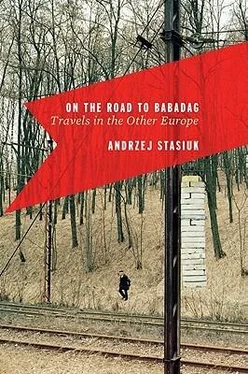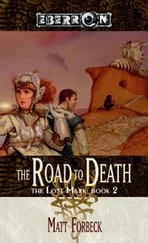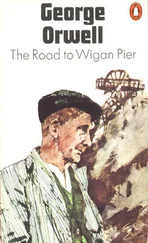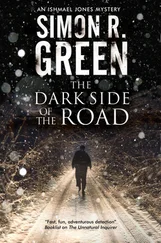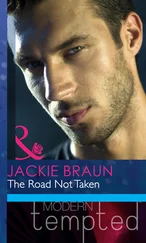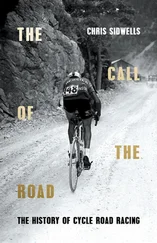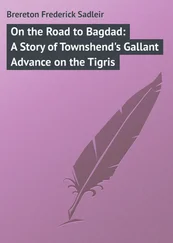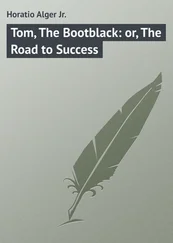I collect, putting aside black-and-gold hundred-crown notes with the Madonna of Master Paul on the front and, on the back, Levoča; green twenties with Pribin on the front and, on the back, Nitra; and violet thousands with Andrej Hlinka on the front and, on the back, the Mother of God. I also collect Czech fifties, hundreds, and two hundreds, with Saint Agnes, Karol IV, and Jan Amos Komenskû (Comenius), all in pastels and faded, like the wrapping for old-fashioned candies. The Hungarian forints, however, have a fierceness about them. Especially the light-blue thousand note showing King Hunyadi Mátyás (Matthias Corvinus), who was a Renaissance connoisseur of art and science but on this money looks like a man who could live on raw meat if he had to. More than twenty years younger, Francis II Rákóczi gazes from the five-hundred note more mildly, yet a sneer plays on his lips: a magnificent barbarian's contempt for the entire civilized West, for the Hapsburgs in particular. True, he introduced the fashion for the Transylvanian minuet at Versailles, yet his five-hundred-forint visage resembles less a Louis Bourbon than Bohdan Khmelnytsky on the twenty-hryvnia note or our Jan Sobieski. Yes, I love the Hungarian banknotes, because they don't mince words: they say, "Shove Trianon," and they pine for the day when the horses of the Huns swam the Adriatic. But my favorite banknote of all is the Slovenian fifty tolars. On the front is Jurij Vega (1754–1802), who unfortunately is passed over silently in the Polish PWN Encyclopedia. The design of the note suggests that Vega was an astronomer. His features: a young Beethoven, a Germanized General Kościuszko. But the reverse side is even better: three-quarters of the note is an intense blue, like the sky over Piran in January. A blue that, like a kindergarten drawing, makes no compromises. Only the Romanian two thousand lei, all in plastic and the national colors and with a transparent window, can compete with it. This last was released on the occasion of a full eclipse of the sun in 1999: "Doua mii lei, eclipsa totala de soare." It will all be gone someday, so I am collecting, for a private museum, to have a few memories in my old age.
On a shelf I keep a black canister for a liter flask of Absolut, and in it there are at least ten kilograms of loose change. When I am low, I dump it out on a table, to revisit all the pubs, shops, bus and train stations, gas stations, and cabs in which I obtained them. The coins remind me of things and places: the street stalls in Saranda, the lane stanchions on the Slovenian highway A1, the ferries on the Tisa, the parking meters on the Szentháromság tér, Holy Trinity Square, in Baja, the enormous yellow barrels of beer on the streets of Stanislavov, cigarettes, shot glasses, goblets, music boxes, the talking machine for tourists at Saint Jacob's Church in Levoča… Whenever I come home, my pockets are full of change, and I can never discard these coins, believing as I do in the lovable bumpkin magic that will lead me back to those places so that I can finally spend them. But what can you buy with a hundred lei that bears the head of Michael the Brave? Not a thing. You could drill a hole in this substantial disk and hang it around your neck like a medal for valor in battle. Even worthless, this treasure lifts my spirits on bad days. I can picture all the hands it passed through, imagine the routes it took from town to town, from village to village. I see the men drinking in taverns, the women shopping in marketplaces, the children buying candy at kiosks. Who knows how many times my hundred lei with the hole in it went through Transylvania, Moldova and Wallachia, Mutenia, Oltenia, Dobruja and the Delta before it lost all its value? Into this heavy disk, as into a computer hard drive, has been inscribed the history of wealth, poverty, desires, profit, loss, market ups and down and arounds, but I cannot read it, I can only save it. I let the coins dribble from my fist and feel how time and space go by, society, economy, human lives, how the Carpathians, the Czech-Moravian Heights, the Great Hungarian Plain, the Romanian Lowlands, Transylvania, and a part of the Balkans all convert into a soft clink.
Once, on Route 19, a few kilometers beyond Satu Mare, we saw a Gypsy camp in the red light of a setting sun. Three, four carts standing on the side of the road, dirt poverty, gaunt horses, and torn plastic spread over movable goods. Inside were sheets, blankets, mattresses, women, kids, pots, human existence as shit hole, but in the sun it blazed, as if it might be gone any moment, ascending to heaven like a multiplied Prophet Elijah, and the men, adjusting things in a hopeless tangle of harnesses, were darker than their own long shadows. "I must get that," Piotrek said and stopped the car right there. He grabbed his camera, ran out, began negotiating, but the miracle of the light would be over in a matter of minutes, so he waved for me to come and handle the financial end. I dug out of my pocket kronas, forints, lei — according to the route we had taken — and explained in pantomime that we were willing to pay but it had to be within reason. The thin, veiny leader, in a white undershirt, looked at the change, of which the forints amounted to two dollars at least (we were not far from the Hungarian border), finally grimaced and waved with contempt and said, "Nu, ţigari." I gave him all the cigarettes I had: a pack of Snags, the few Marlboros left, the few Carpati. He accepted them, went to his people, and distributed. Then the sun went down, and they set off for Satu Mare. The three, four tattered carts became darkness, nothingness, not having belonged to this world in the first place. They did not belong seven hundred years before, when on the Peloponnesian peninsula European memory first made note of their presence, nor on May 4, 2000, when a man resembling his own shadow said to me, "Nu, ţigari," because money seemed to him more trouble than it was worth.
A year later I was at a traffic light somewhere past Sibiu — or it might have been Cristian, or Miercurea Sibiului. Roadwork was being done, and our side and the opposite side got the green light in turns. Two children took advantage of this forced wait. They ran up to the cars and put on a little show that combined comedy and begging. I gave one a bill, but the other grabbed it from his hand, and the first kid started bawling. I consoled the bawler with a second bill. Then I saw them both in the rearview mirror, how in perfect harmony they were enjoying, together, the spoils of their performance.
I dribble the change from my fist, I leaf through my banknotes, and it's like touching photography in Braille, because my fingers can feel the things that happened and my nose can smell the places. The small but heavy hundred-forint coin will forever be for me the emblem of the green hills of Zemplén. It was the price, that year, for a glass of palinka in the village taverns. In Gönc, Telkibánya, Vilmány. The worn thousand-lei note with Eminescu on it will always evoke Transylvania and the tiny dark shops in Biertan, Roandola, Copşa Mare, Floreşti, which were cool caves dug into the Transylvanian heat, and when I bought bottle after bottle of wine, the change I got was wads and stacks of these rags heavy with sweat and dirt. What is memory, anyway, if not the endless exchange of currency, a continual allotting and distributing, a counting in the hope that the total will be right, that what once was will return with no shortage, whole, untouched, and perhaps even with interest, through love and longing? What is travel, anyway, if not spending, then reckoning what's left and turning your pockets inside out? The Gypsies, the money, the passport stamps, the tickets, the stone from the bank of the Mát, the cow's horn smoothed by the Danube current in the Delta, blok na pokutu, the fine in Slovakia, račun parkiranja, the parking ticket in Piran, nota de plata, the bill at the pub in Sulina: two fried catfish, two salads, a carafe of wine, one Silva beer, in all 85,700…
Читать дальше
